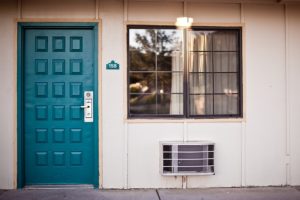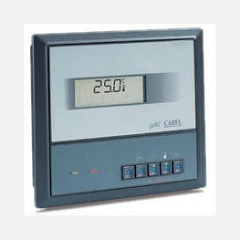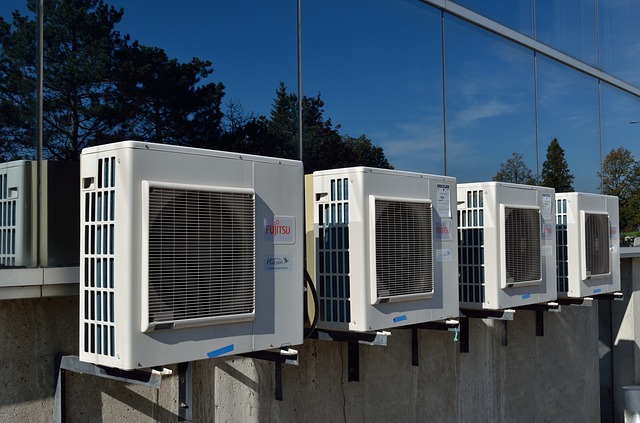Points to Note on AC Repair
If your AC breaks down, you may feel compelled to repair it yourself whether at home or in the office. There are however several aspects that are involved, and it is important to first understand them before attempting the repair. It is not uncommon for people to create more and even bigger problems than the one they were trying to solve when the open an AC without first understanding the underlying concepts. It is good to note that AC repair is best left to the professionals; however, with a few skills you just might be able to repair it.
If you want to attempt repairing you AC, first ensure that you have read its manual and understood it. Most manuals contain everything you need from how to operate an AC to how to dismantle one. Taking time to understand it will ensure that you can dismantle the AC safely. There is also a lot of information about dismantling an AC available online, so the internet is another good source including videos.

To be able to repair an AC, it is good to understand how it works. A normal AC operation is based on basic physics. It consists of two units; a condenser and an evaporator. The first stage is in the condenser where Freon gas is pressurized and passed through a heat exchanger which removes heat from the gas which leads to the gas being converted into a liquid. The liquid gas is then passed into the evaporator where it is evaporated using the latent heat from surrounding environment. It is then cooled and blown into the environment. The heated gas then goes into the condenser, and the process is repeated.
The two compartments; the evaporator and condenser are usually sealed, and you are in no position to repair them. This must be done by a trained professional. All that you can do is to clean it ensuring the dust and debris on the mesh are cleaned and cleared. Regular maintenance on an AC is possible but not an HVAC repair. Below are however some tips to help you troubleshoot a broken AC:
System failure
If the system fails to run, first, check the fuses and circuit breakers. If they are fine, you may need to check the thermostat and if it is set too high, lower it by 5 degrees. If there is no change, you may need to call an HVAC systems expert.
Erratic cooling
This is usually due to dirt clogging the condenser; the best way to solve this is by thoroughly cleaning the AC.

No cooling
First, check the thermostat and try lowering it by several degrees. If it doesn’t change, try cleaning all the blockages that might be present in the condenser.
Ensuring that you keep the AC clean at all times is the best service you can offer as most of the problems arises from clogging that prevents proper airflow. It is therefore important to ensure that your AC is cleaned preferably once three months depending on the conditions where it operates. If it is in a dusty place, you may need to do it more than once for the same period.…
Read More
